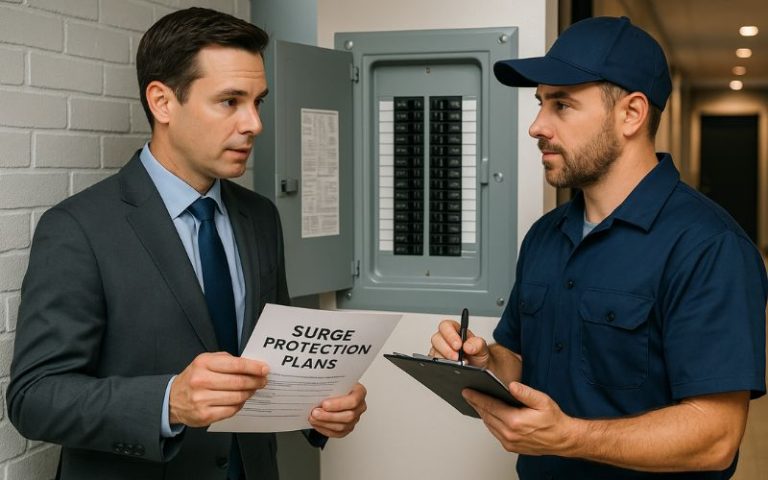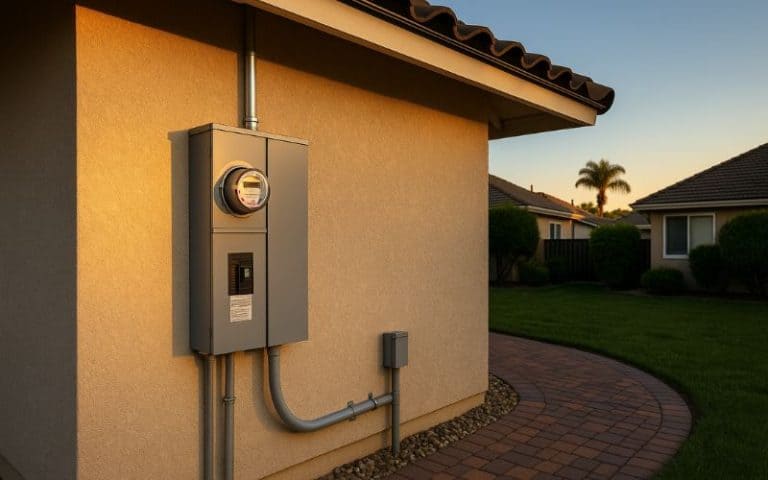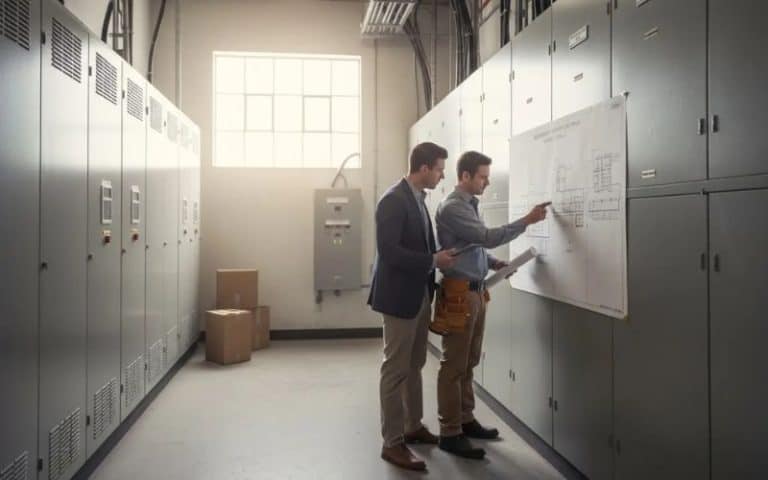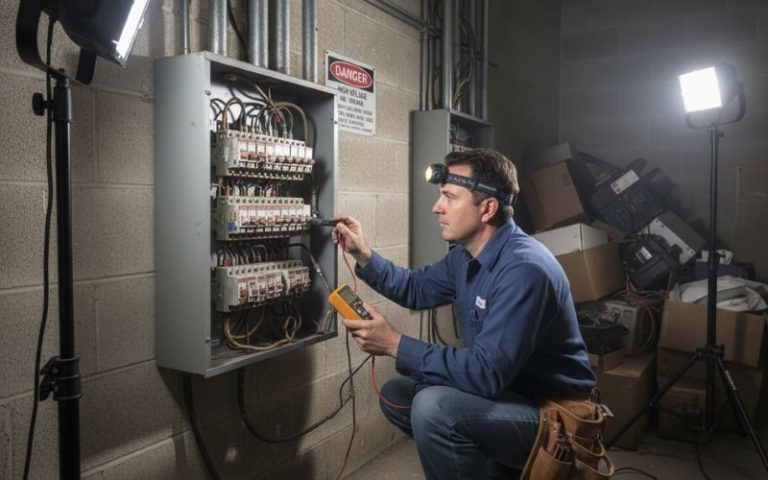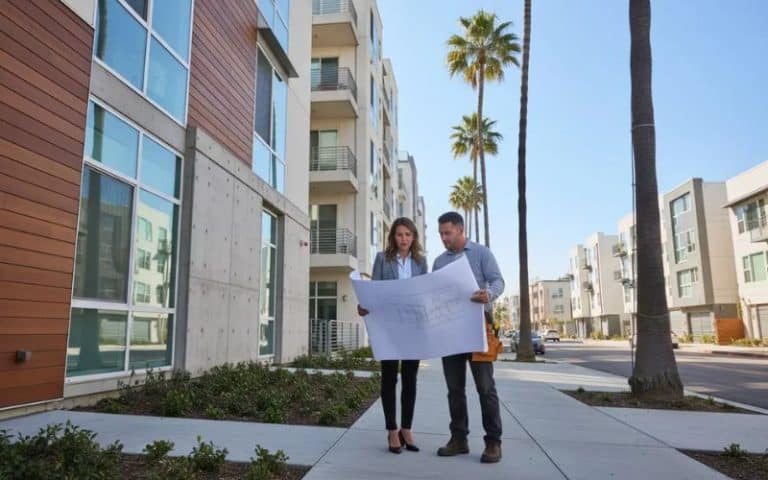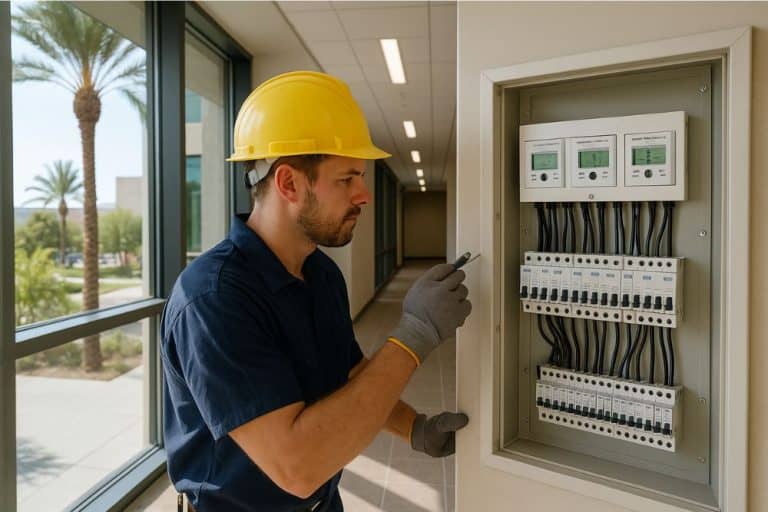EV Charger Installation Services in Los Angeles
Updated November 2025
Adding a dedicated EV charger at home or in a multi unit property saves time, reduces range anxiety, and protects your electrical system. RG Electric designs and installs Level 1 and Level 2 charging with correct circuit sizing, permits, and inspections. Our licensed C-10 team ensures reliable charging without nuisance trips or unsafe extensions.
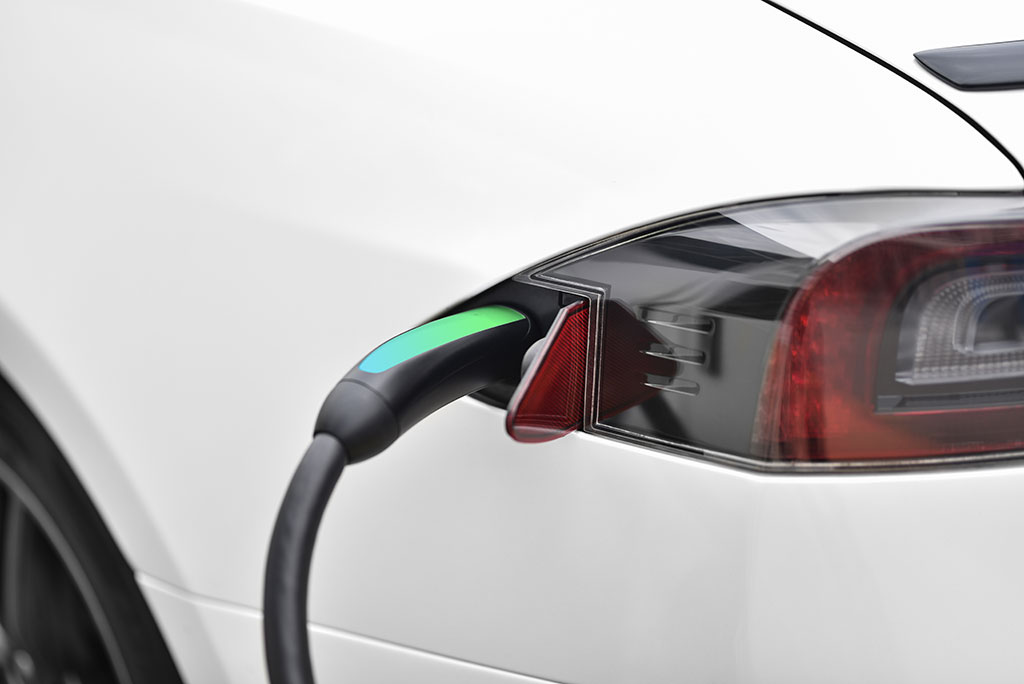
Why Install an EV Charger at Home
Public chargers are useful, but they can be busy or far from home. A dedicated home charger gives you predictable overnight charging and less wear on outlets and cords. We evaluate your panel capacity, available breaker spaces, grounding and bonding, and the safest route from panel to parking. If your panel is undersized or a legacy brand, we can plan a same week panel upgrade and add surge protection while we are on site.
Home EV Charger Installation, Our Process
We start with photos of your main panel, any sub panels, and the desired charger location. On site, we confirm load capacity, select the correct breaker and conductor size, and plan a neat run that meets code. Whether you choose a hardwired wall unit or a receptacle for a plug in charger, we label the new circuit, verify GFCI protection where required, and perform torque checks before testing the charger with your vehicle.
Level 1 vs Level 2 Charging
Level 1 uses a standard 120V outlet. It is slow, but useful for light daily driving or as a backup. Many vehicles include a Level 1 cordset. We make sure the outlet is on a dedicated circuit in good condition, not on a shared circuit with kitchen or garage loads.
Level 2 uses a 240V dedicated circuit, typically 20A to 60A, for faster charging. Most homeowners prefer Level 2 because it can add meaningful range during an evening. We size the circuit based on the charger’s continuous load and manufacturer specs, then verify voltage drop for the distance and environment. Outdoor installs use weather rated equipment and protected conduit runs.
Apartments and Commercial Properties
For multi unit buildings and workplaces, we design charging that is safe to operate and simple to manage. Property managers get clear labeling, access control options, and documentation for inspections. We plan for future expansion so you can add stations without redoing the entire run. If the main house panel is full, we propose a new sub panel or a service upgrade through our commercial electrical services.
Common scopes include conduit routing across garages, concrete coring with fire stopping, trenching to detached parking, bollards for impact protection, and signage. We coordinate permits, inspection timing, and any required utility shutoffs for panel work.
Choosing the Right Charger
Speed, location, and safety drive the decision. For most homes, a 40A or 50A Level 2 unit balances speed with panel capacity. Hardwired units are common outdoors and for higher amperage. Plug in units are flexible when a protected 240V receptacle is suitable. We recommend models that carry a recognized listing, offer solid cable strain relief, and have useful cord management for daily use.
If you expect a second EV, consider running conduit for a future station or installing a larger sub panel near the parking area. For long driveway runs, we check voltage drop and adjust conductor size to keep charging efficient.
Permits, Inspections, and Timeline
Most EV charger installations in Los Angeles require a permit and a final inspection. We take care of the paperwork end to end: completing the permit application, preparing a simple site sketch or floor plan when needed, and submitting load information that shows your panel can support the new circuit. If the main panel is full or undersized, we’ll propose options, adding a sub-panel, relocating loads, or scheduling a service upgrade and fold that scope into the same permit so you are not juggling multiple approvals.
During permitting we also coordinate any utility requirements that may apply to your property (for example, shut-offs for panel work or service upgrades, meter location clearances, or utility access windows). For apartments, condos, and commercial spaces we can provide management or HOA packets with one-line diagrams, equipment cut sheets, insurance, and a schedule so stakeholders have everything up front.
On installation day, a standard home Level 2 charger usually takes a few hours once we’re on site. That includes protecting finishes, running conduit or cable along the agreed path, mounting the charger, making terminations at the panel, labeling, and commissioning the unit. If walls or ceilings are finished, we use strategic access points to minimize patching. Where runs are longer, detached garages, panels on the opposite side of the home, or exterior trenching, plan for additional time. We’ll let you know in advance if pours, coring, or asphalt/landscape restoration will add a return visit.
Multi-unit and commercial timelines vary more, because coring, trenching, bollards, signage, and ADA-friendly routing often require coordination with property management and other trades. We sequence work by zone to keep parking available, post notices for residents, and schedule noisy tasks during approved hours. If networked chargers are specified, we provision the equipment, test connectivity, and work with your IT/vendor if a gateway or VLAN is required.
Inspections are scheduled as soon as work is ready. Your technician meets the inspector, demonstrates proper breaker sizing and labeling, verifies GFCI protection where required, and powers up the charger under load. You’ll receive closeout photos, an updated panel directory, and any rebate or tax credit documentation your program requires. If a correction is requested, we handle it promptly and reschedule the re-inspection. Our goal is one-and-done approvals with minimal downtime for you and your property.
Costs and What Affects Price
Costs depend on the distance from panel to charger location, whether the run is surface mounted or in wall, outdoor weather rating and protection, and whether a panel upgrade or sub panel is needed. Share a clear photo of your main panel with the door open, any sub panels, and the desired charger location when you request an estimate. This helps us price accurately and schedule faster.
Related Electrical Services
Plan your charging project with complementary upgrades that improve reliability and safety. See our electrical panel upgrades, wiring and dedicated circuits, whole house surge protection, and emergency electrical repairs.
Electrical work is hazardous. Consult a licensed electrician like RG Electric for inspections, permits, and code compliant installations.

